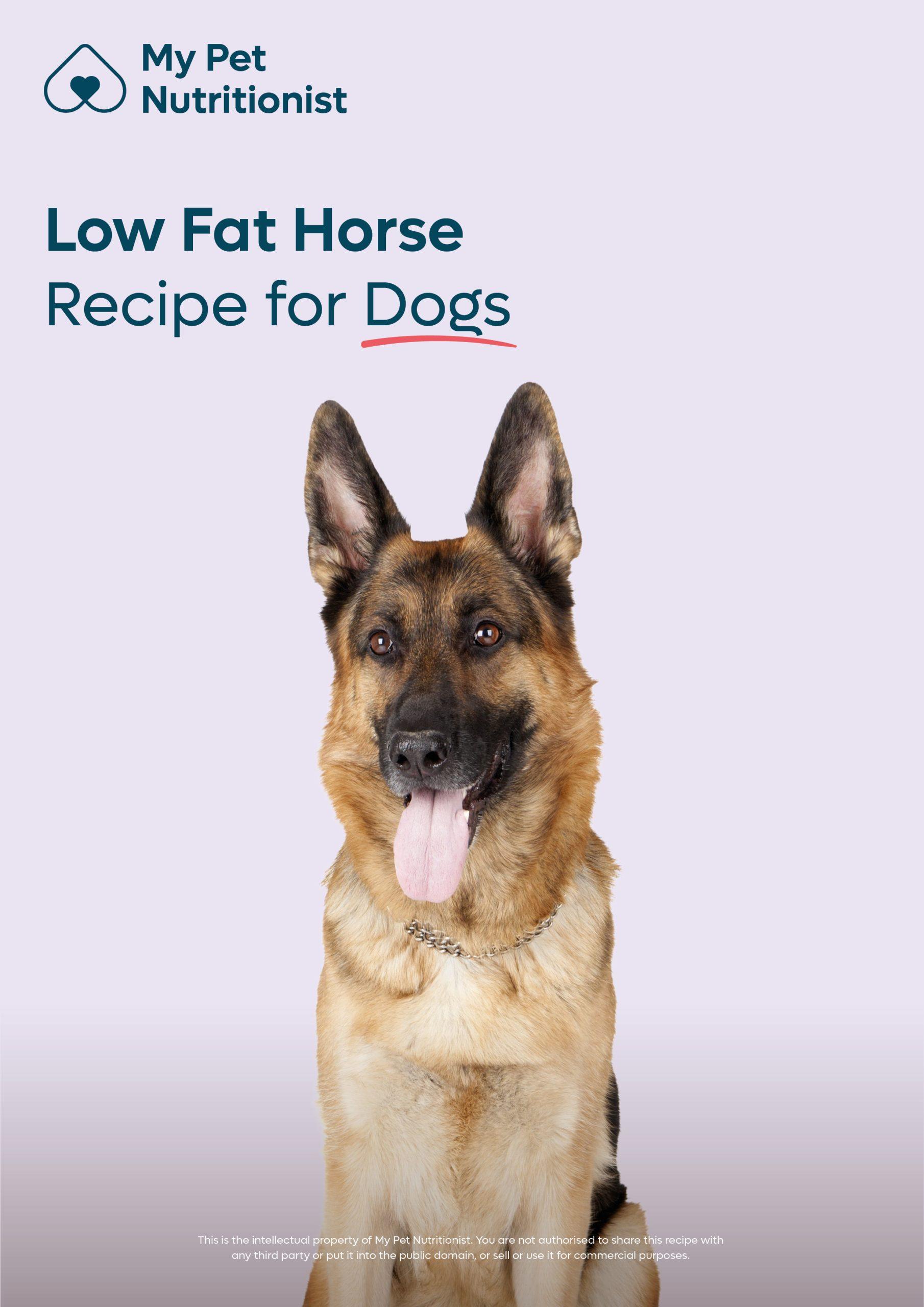
Guide to Laryngeal Paralysis
- January 11, 2023
- 8 mins 40 secs
Being a fairly common health complaint in dogs, particularly larger breeds of dog, here at My Pet Nutritionist we feel it’s important to understand what Laryngeal Paralysis is, what it looks like, what causes it, and how to support the body. We will discuss all these points in this blog!
What is Laryngeal Paralysis?
Laryngeal Paralysis is a disease which involves the Larynx; commonly known as the ‘voice box’. The larynx is a box-like structure which connects the throat to the windpipe (trachea); and is comprised of various plates of cartilage known as ‘Arytenoid Cartilages’, housing the vocal cords. As well as enabling vocalization in all mammalian species, the Larynx closes off the top of the trachea to ensure food and water are not inhaled. When an animal takes a deep breath, the larynx opens wider to allow for more air to be taken in.
The larynx is surrounded by muscles called ‘Laryngeal muscles’ which help keep it stable. As with all muscles, if the nerves inside become damaged, it causes the muscle to relax. If the laryngeal muscles become weakened or paralysed due to nerve damage, the cartilage of the larynx will collapse inwards, as the cartilage is no longer stabilised by the muscles. When the muscles are weak or paralysed and the larynx collapses, this is called Laryngeal Paralysis.
Laryngeal paralysis can be congenital (present at birth), hereditary (passed on genetically through generations) or acquired (due to trauma or as a knock-on effect from other health conditions).
Like many conditions, some breeds are at a higher risk of developing Laryngeal Paralysis than others. Generally speaking, this disease affects larger breeds of dog. Most commonly affected, is the Labrador Retriever. Different breeds are more commonly affected by different types of Laryngeal Paralysis.
Breeds most at risk of acquired Laryngeal Paralysis, usually in middle aged to older dogs:
- Labrador Retriever
- Great Dane
- Irish Setter
- Newfoundland
- St. Bernard
Breeds most at risk of hereditary and congenital Laryngeal Paralysis:
- Leonberger
- Bouvier des Flandres
- Siberian Husky
- Bulldogs (various types)
Studies also show a higher risk of developing Laryngeal Paralysis for neutered male dogs over entire males, or entire/neutered females.
Symptoms
There are many symptoms for Laryngeal Paralysis; let’s take a look!
Excessive/Noisy Panting
Dogs with the condition will likely pant more than is normal for that dog, especially during humid weather and when stressed or after exercise, and this panting is often quite noisy.
Lethargy
They may become lethargic or wish not to exercise as a result of Laryngeal Paralysis.
Change in Bark
Many owners notice a change in the dog’s bark; just like in humans when one’s voice may change, a dog’s bark also has the capability to change if they have a collapsed larynx.
Choking, Coughing or Gagging
When eating or taking a drink, the dog may choke, cough or gag – this is due to the windpipe not being fully shut off from the throat, and the width of the larynx being extremely narrow. Coughing may mechanically force the larynx to open and allow food and water to enter. As drinking and eating becomes more difficult, those suffering with Laryngeal Paralysis are also more susceptible to Aspiration Pneumonia.
Behavioural Anxiety
You may notice an increase in behavioural anxiety due to the feeling of vulnerability, as well as respiratory distress due to the narrow opening of the collapsed larynx.
Dehydration
As water intake becomes more difficult for those suffering with the disease due to the narrow opening, the dog may become dehydrated. Gums will become greyish, dark red or purple due to lack of proper blood circulation as a result of dehydration. The gums also become tacky when the dog is dehydrated.
Difficulty Thermoregulating
Dogs with Laryngeal Paralysis are more susceptible to heatstroke, even in mildly warm temperatures, is another symptom of Laryngeal Paralysis, and can result in collapse. If your pet is showing signs of heatstroke (vomiting, shaking, seizures, lethargy, panting, glassy eyes, agitated whining, drooling, accelerated heart rate, unconsciousness) it’s imperative to seek veterinary care immediately (though don’t put your dog in a hot car!).
Your dog may display multiple of the above symptoms of varying degree.
Diagnosis
So, how would the vet diagnose Laryngeal Paralysis?
There are a few routes to diagnosis of Laryngeal Paralysis, but all will start off by looking at the medical history of the dog, and clinical presentations. Some vets may run X-rays of the chest to rule out problems within the chest cavity, and run blood panels, and urinalysis to rule out infection before examination of the Larynx itself.
To avoid sedation, there is evidence to suggest that a suitable method of formal diagnostic testing for Laryngeal Paralysis is by performing an echolaryngography, through the use of ultrasound. Large dogs can be tested on the floor or table, while smaller breeds can happily reside on the lap of the sonographer to reduce risk of false results due to stress. Echolaryngography is a safe, and effective way to diagnose Laryngeal Paralysis.
Another common method, used to diagnose lightly sedated dogs in order to reduce risk of false results due to full anaesthesia (which may cause the laryngeal muscles to relax), is through a transnasal laryngoscopy, where a video endoscope tube is inserted through the nostrils and down the throat to have a good visual of the larynx working. Studies prove this method to be as accurate as a traditional laryngoscopy, whereby the patient may require heavier sedation due to potential gag reflexes following intubation by mouth.
Causes
Trauma
Trauma to the neck area is often a cause of Laryngeal Paralysis. This can be through repeated use of unsuitable training tools which constrict around the neck, poorly fitting flat collars on dogs who pull, or even through freak accidents involving the neck area such as dog bites and subsequent deep wounds. We see many dogs who sadly develop Laryngeal Paralysis following a general anaesthetic; likely due to rough handling of an intubation tube, which can cause the larynx to collapse.
Cancer
Cancerous tumours in the area can also contribute to the risk of the larynx collapsing.
Old Age
In congenital or hereditary cases, the muscles around the Larynx may suffer from degenerative disease, particularly in ageing dogs. When the nerves and muscles in the area are subject to degeneration, they become weaker with time, which in turn causes the collapse of the cartilage.
Ageing dogs suffering from Laryngeal Paralysis, alongside neurological issues such as muscle weakness, megaoesophagus and issues in hind leg stability, may be suffering from a condition called Geriatric Onset Laryngeal Paralysis Polyneuropathy (GOLPP).
Spinal Injury and Neurology
Neurological damage caused by spinal injury and trapped nerves can also cause paralysis of the larynx due to degeneration of the nerves.
Diet
Dietary causes of Laryngeal Paralysis include deficiencies in Magnesium and Vitamin B. Magnesium and Vitamin B complexes are essential for proper functioning of muscles and nerves. When the body is deficient in magnesium and Vitamin B, this may have a knock-on effect to the muscles and nerves surrounding the larynx.
Low Fat Fish
BOAS
For those with brachycephalic dogs, Laryngeal Paralysis is also a risk due to BOAS. We are seeing an increasing number of individuals requiring Brachycephalic Obstructive Airways Syndrome (BOAS) surgery. One of the pathways which contributes to some cases of BOAS, is Laryngeal Paralysis, so it’s important to have this checked during a BOAS assessment by a soft tissue specialist, or Cambridge BOAS Research Group approved veterinarian.
Autoimmunity
Studies suggest there are various autoimmune diseases, of which Laryngeal Paralysis is a symptom. It is suggested there are around 81 different autoimmune diseases, and 18 of those have previously shown signs of issues involving the larynx, which includes Laryngeal Paralysis.Findings Here
Conventional Treatments
Conventional treatment for dogs affected with Laryngeal Paralysis very much depends on the severity. If the case is only mild, the dog may be prescribed anti-inflammatory medication, antibiotics to rule out infection causing laryngeal inflammation, or other medications including some antidepression medications or light sedatives.
Surgery is very common, and very effective at improving the quality of life of those suffering with Laryngeal Paralysis. The surgery performed is a ‘Laryngeal tie-back’ (also called Unilateral Arytenoid Lateralisation), during which permanent sutures are used to hold the larynx open on each side to enable better airflow and greater ability to eat, drink,and thermoregulate.
While it’s very effective, surgery does come with risks so it’s incredibly important to follow postoperative instructions given by your veterinary surgeon. The biggest risk following surgery is postoperative Aspiration Pneumonia. The risk of Aspiration Pneumonia in dogs post operation is higher in those with more severe cases of Laryngeal Paralysis. The condition tends to develop within 1 year after the surgery, and is the most common postoperative complication. In one study on 140 dogs undergoing the surgery, 23.6% of the dogs contracted Aspiration Pneumonia.
A more recent study suggests the risk of Aspiration Pneumonia is mostly down to dogs developing megaoesophagus once the tie back surgery has been performed. It also suggests prescribing an opioid based painkiller helps reduce the risk of contracting the disease post op.
Another important factor to keep in mind, is keeping the dog out of humid conditions, keeping exercise levels fairly low, stopping them from overexerting themselves, and ensuring food is soft – of course here at My Pet Nutritionist we are all about fresh feeding, which would be the best here! Using a harness on your dog is also important pre, and post-surgery to keep pressure off the larynx.
Natural Support
There are various ways to support your dog naturally if they are suffering symptoms of, or are diagnosed with Laryngeal Paralysis.
Diet
Feeding a suitable diet is incredibly important for those suffering with Laryngeal Paralysis, and those post-surgery. We would generally recommend feeding a fresh cooked diet due to reduced motility of the neck muscles. When a dog (cat, human, or any mammal!) swallows food, peristalsis occurs throughout the digestive tract. This is the wave-like motion of muscle contractions and relaxations which pushes food along the tract. Due to the muscles around the larynx being inefficient at properly contracting and relaxing, in patients with Laryngeal Paralysis, the pet will struggle to swallow as efficiently as those without the condition. Soft food also reduces further trauma to the larynx.
Supplementation
Those who have undergone surgery may require some work on their guts. When under anaesthetic, or on antibiotics which often follow surgery, many pet owners notice their pets have poor stool consistency, sickness, indigestion, or even increased symptoms of intolerances; this is largely down to the gut microbiome, and gut integrity being damaged by the anaesthetic and antibiotics. To help the gut back to health, you can use Marshmallow Root or Slippery Elm to aid gut healing, paired with a clean probiotic to help replenish the gut microbiota. Soil based probiotics may be a good place to start.
Gut Guardian
Supplementing the diet with plenty of omega 3 will help by bringing down any inflammation in and around the affected area, ultimately helping the dog to swallow, and breathe more efficiently. It is important to ensure your dog is getting enough magnesium and Vitamin B complexes in the diet too.
Acupuncture
Acupuncture is another route to explore for those with Laryngeal Paralysis. Studies suggest using acupuncture may stimulate the nerves in the muscles surrounding the larynx to increase muscular function and enable the larynx to reopen slightly.
Keeping on Top of Allergies
Another important pathway to look at in dogs with Laryngeal Paralysis, is ensuring allergies are under control, as Laryngeal Paralysis can be caused by allergies and intolerances. We advise lots of owners regarding their itchy dogs, so don’t hesitate to book in with one of the team if your dog is struggling with itching!Body Condition
It is also essential to stress the importance of having your pet at a healthy weight! Overweight dogs are more likely to suffer worse when acquiring Laryngeal Paralysis than their ideal-weighted counterparts. Try to keep your dog at the lower end of the ‘ideal’ body score, with a well-defined waist tuck, ability to feel the ribs with a very light covering of fat on, but without the ability to see the spine when standing.
If your dog is experiencing any of these symptoms, ensure you seek veterinary attention. Once formally diagnosed, please don’t hesitate to book a consultation with one of the team!
Team MPN x
Customer Reviews
Explore related products
Related articles
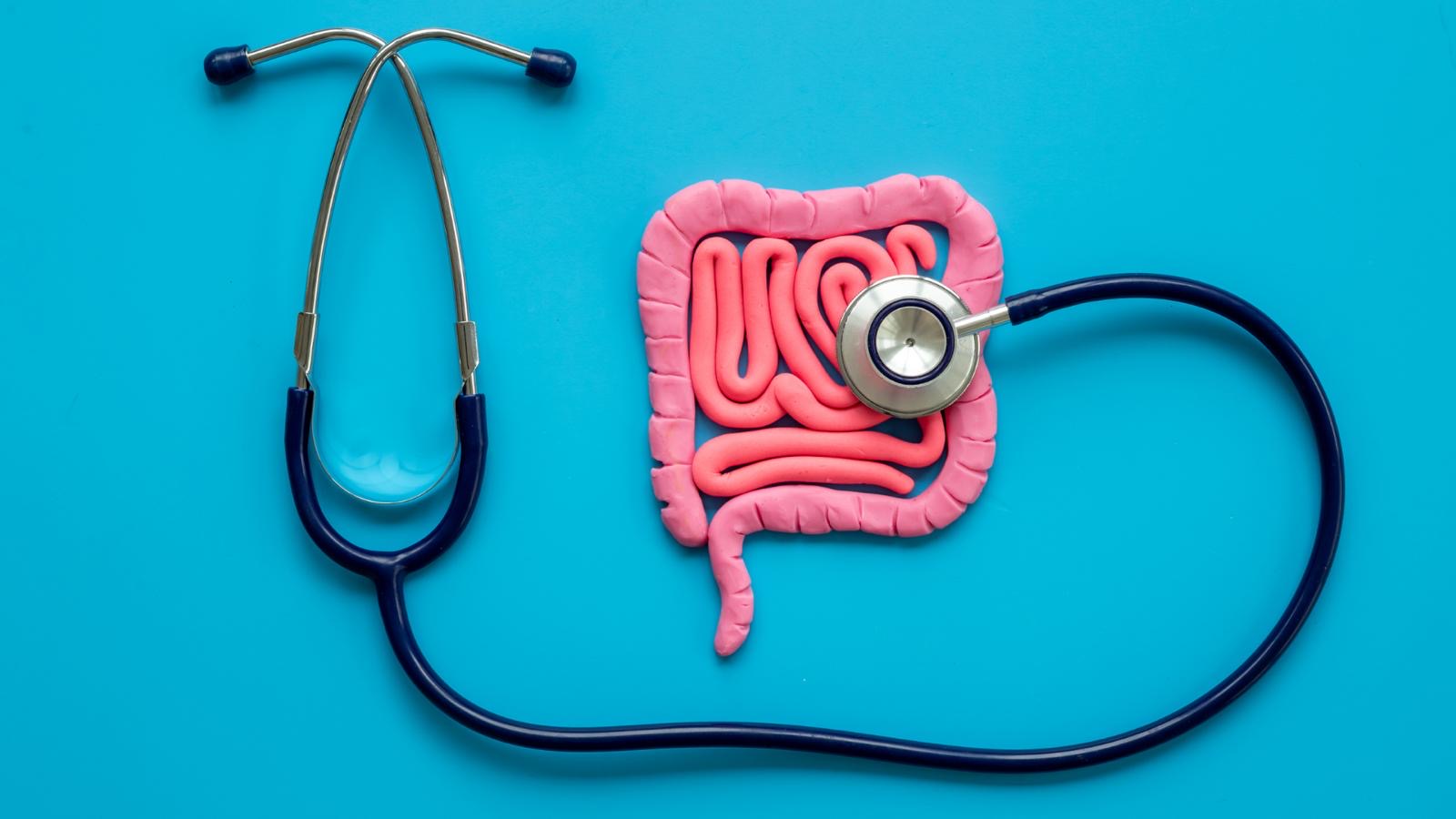
Disease ManagementGeneral HealthAutoimmunityBOASCancer
What Causes Malabsorption in Dogs?
Feb 08 2024
•
7 mins 40 secs
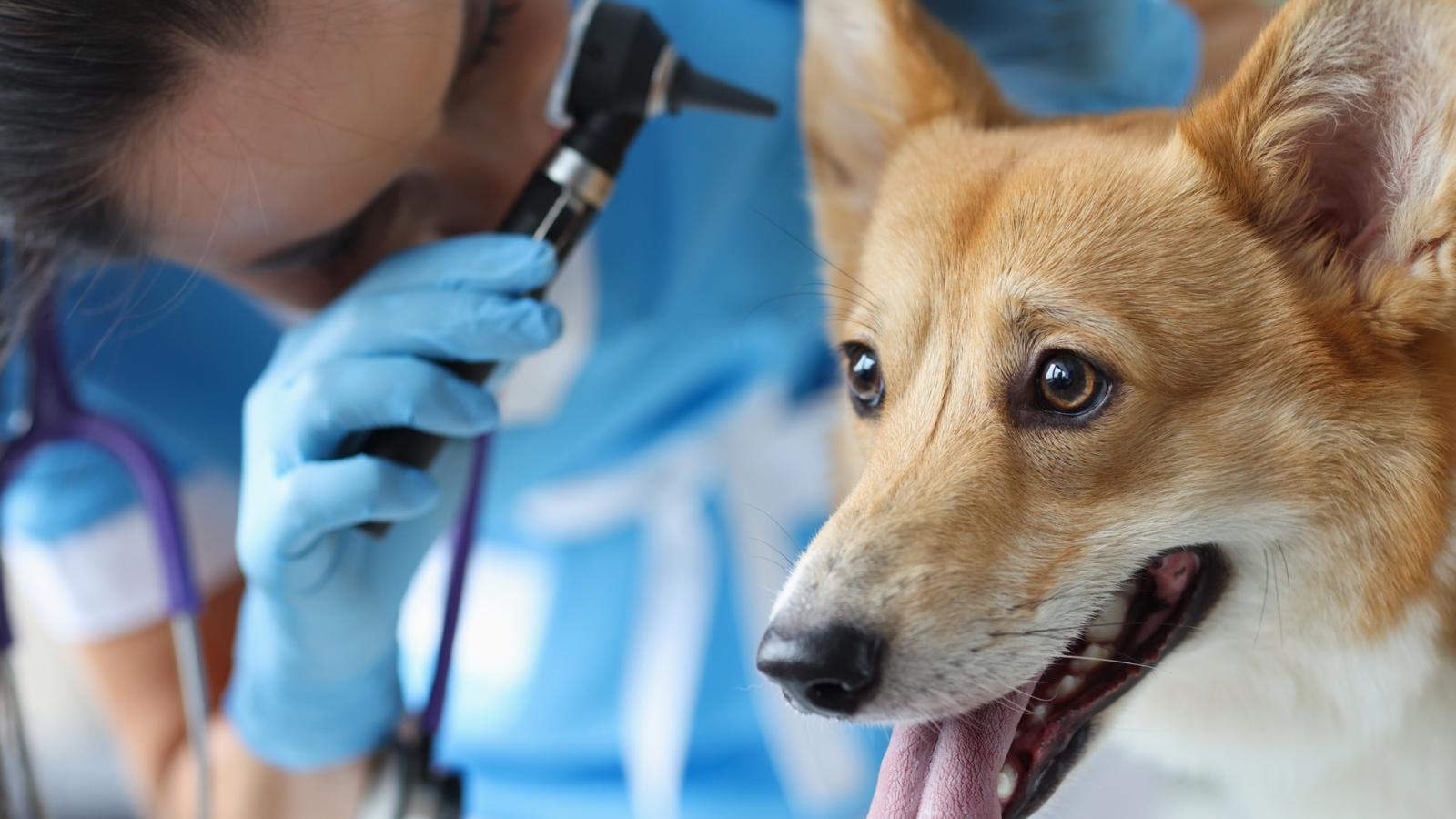
Disease ManagementGeneral HealthAutoimmunityBOASCancer
The Ultimate Guide to Graves Disease in Pets
Nov 30 2023
•
11 mins
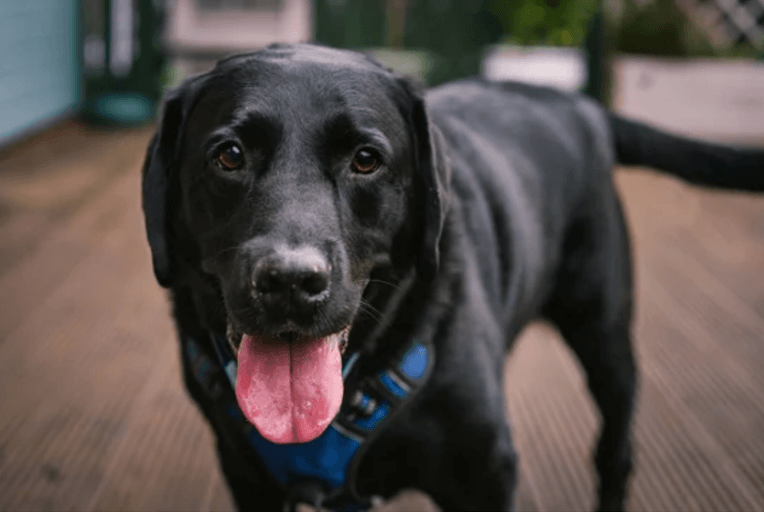
Disease ManagementGeneral HealthAutoimmunityBOASCancer
Guide to Laryngeal Paralysis
Jan 11 2023
•
8 mins 40 secs

Disease ManagementGeneral HealthAutoimmunityBOASCancer
The Importance of Iodine for Dogs
Dec 28 2022
•
3 mins 40 secs

Disease ManagementGeneral HealthAutoimmunityBOASCancer
What are Canine Mast Cell Tumours?
Nov 22 2022
•
3 mins

Disease ManagementGeneral HealthAutoimmunityBOASCancer
Why Does My Dog Need Minerals – Part Two
Sep 23 2021
•
12 min read

Disease ManagementGeneral HealthAutoimmunityBOASCancer
Why Does My Dog Need Minerals – Part One
Sep 22 2021
•
7 min read
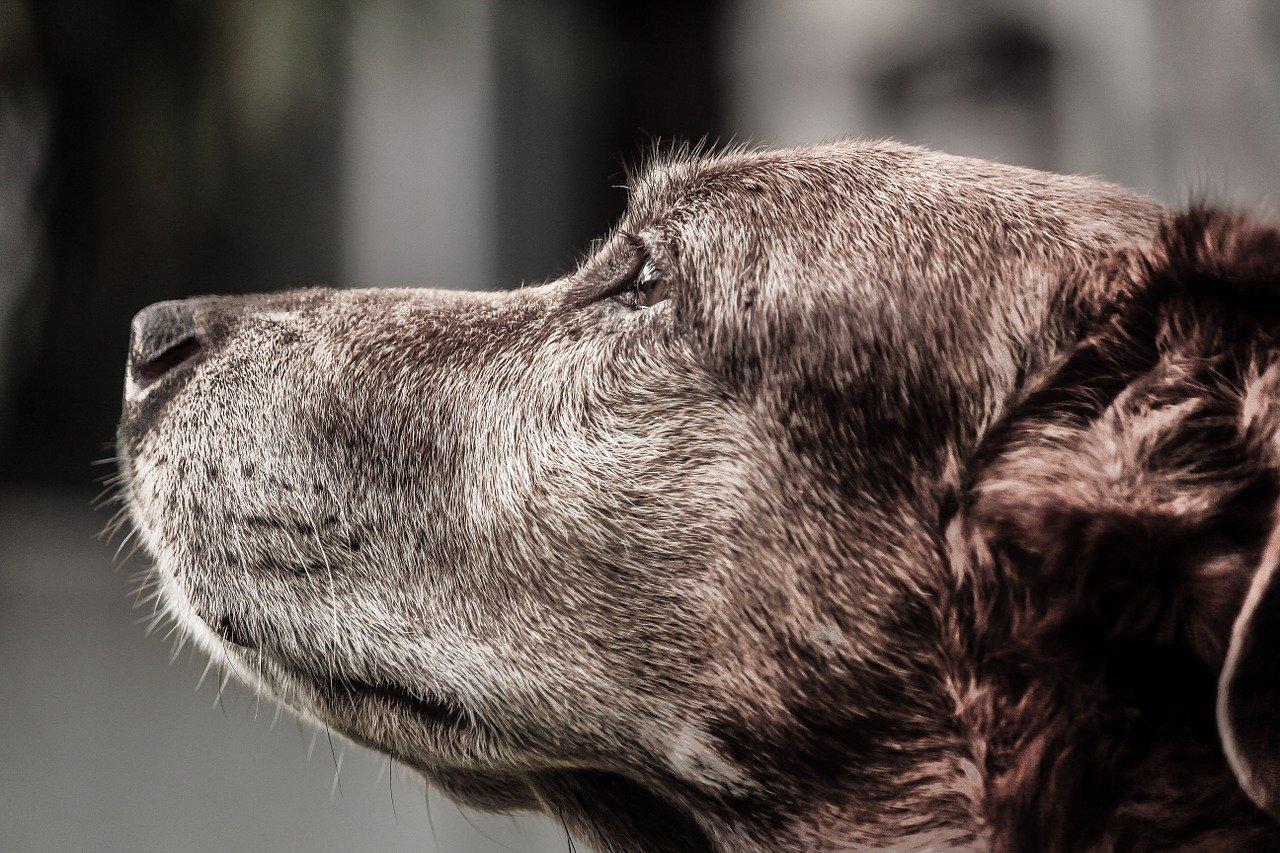
Disease ManagementGeneral HealthAutoimmunityBOASCancer
Keeping Your Senior Dog Healthy
Aug 17 2021
•
5 min read

Disease ManagementGeneral HealthAutoimmunityBOASCancer
A Whistle Stop Tour Of Keto
Aug 16 2021
•
3 min read
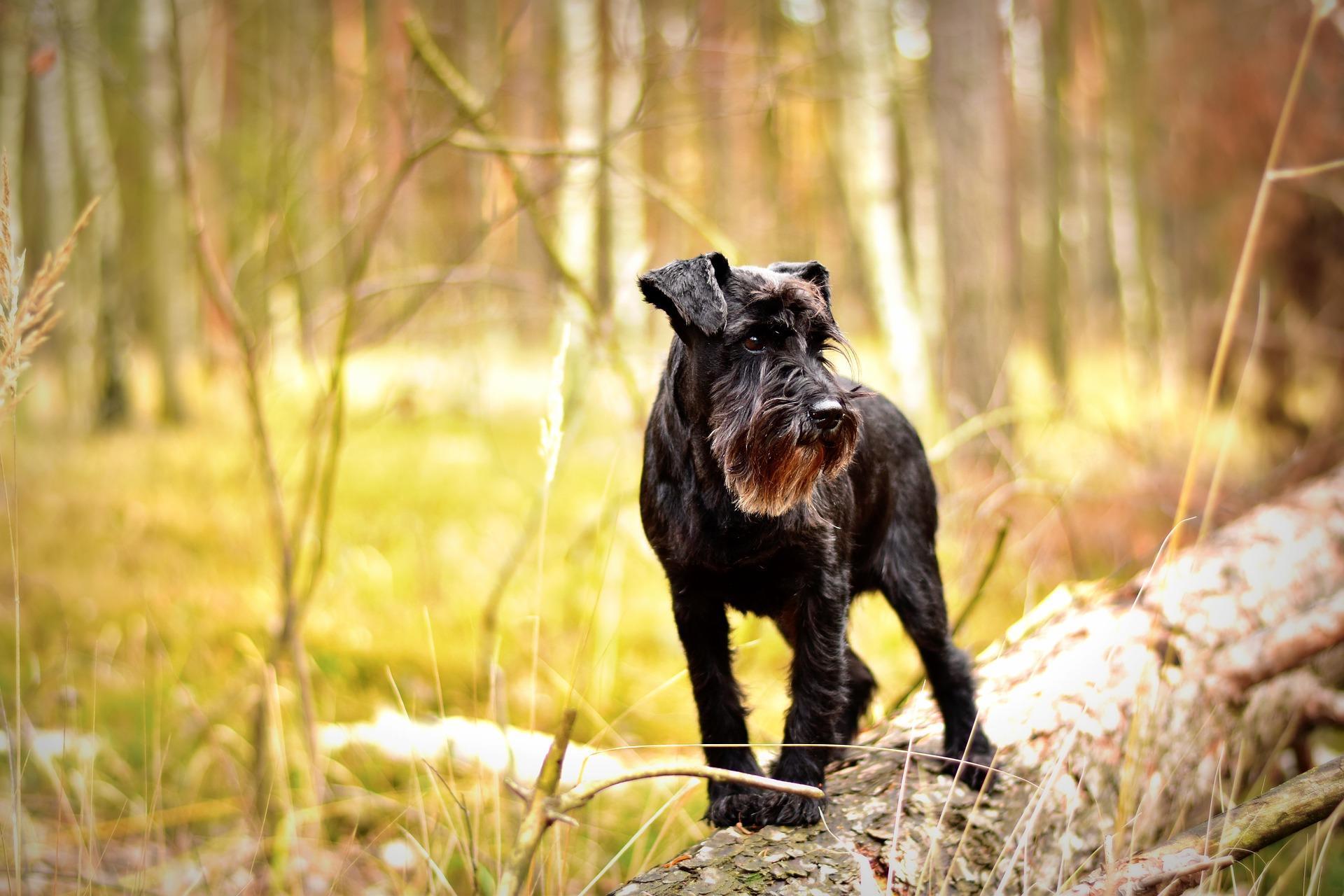
Disease ManagementGeneral HealthAutoimmunityBOASCancer
The Lowdown on Cushing’s Disease in Dogs
Jun 22 2021
•
6 min read

Disease ManagementGeneral HealthAutoimmunityBOASCancer
Does My Pet Need to Detox
Apr 15 2021
•
8 min read

Disease ManagementGeneral HealthAutoimmunityBOASCancer
Obesity in Pets Part 1
Feb 25 2021
•
9 min read

Disease ManagementGeneral HealthAutoimmunityBOASCancer
Why is My Dog Losing His Hair?
Jan 04 2021
•
7 min read

Disease ManagementGeneral HealthAutoimmunityBOASCancer
A Keto Diet for Pet Cancer
Nov 17 2020
•
6 min read

Disease ManagementGeneral HealthAutoimmunityBOASCancer
Functional Ingredients for Cancer
Nov 17 2020
•
6 min read

Disease ManagementGeneral HealthAutoimmunityBOASCancer
The Importance of Vitamin D for Cats and Dogs
Sep 15 2020
•
9 min read

Disease ManagementGeneral HealthAutoimmunityBOASCancer
Why Zinc is Important for your Dog
Sep 10 2020
•
8 min read

Disease ManagementGeneral HealthAutoimmunityBOASCancer
Cancer in Pets Part 3: Lifestyle Tips
Mar 06 2020
•
6 min read

Disease ManagementGeneral HealthAutoimmunityBOASCancer
Cancer in Pets Part 2: Supplements
Mar 05 2020
•
8 min read

Disease ManagementGeneral HealthAutoimmunityBOASCancer
Cancer in Pets Part 1: Immunity and Diet
Feb 28 2020
•
6 min read
✕





